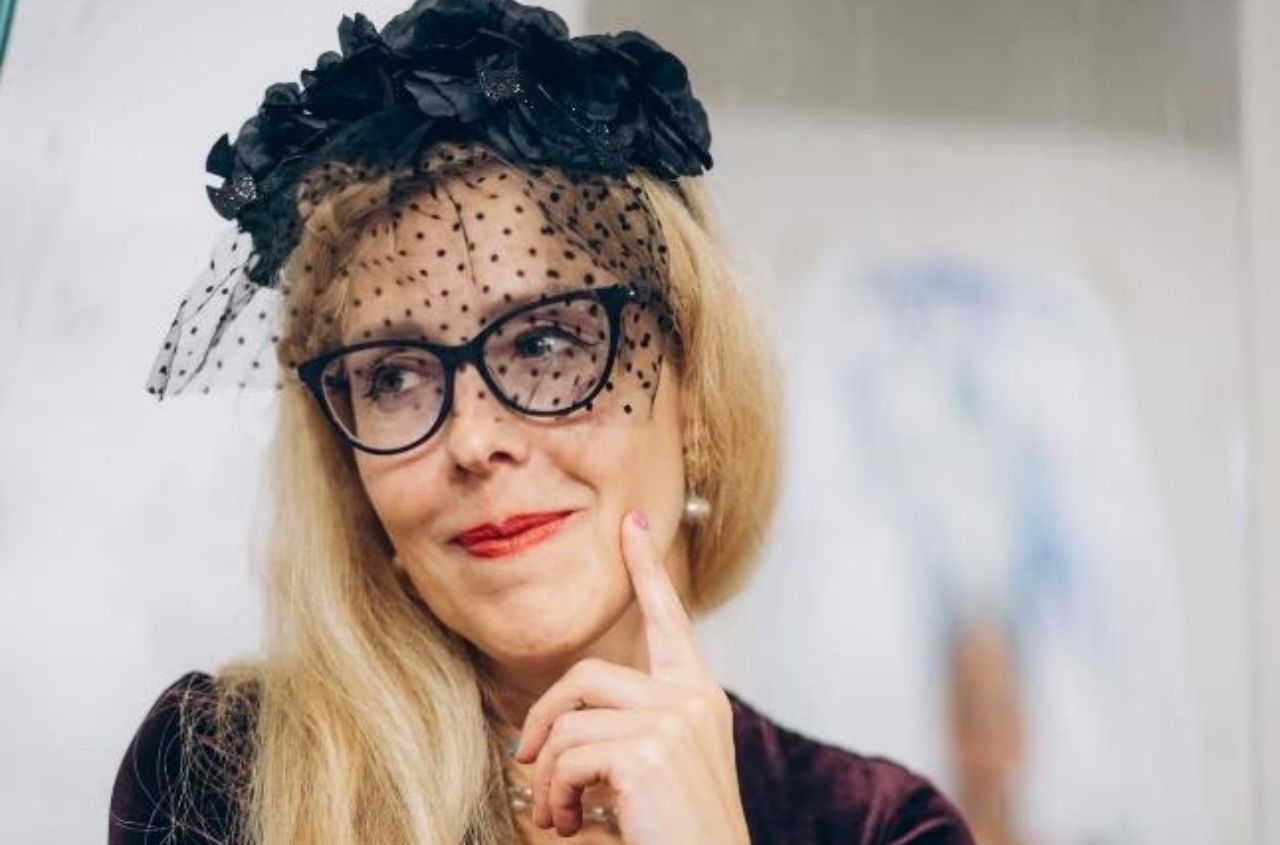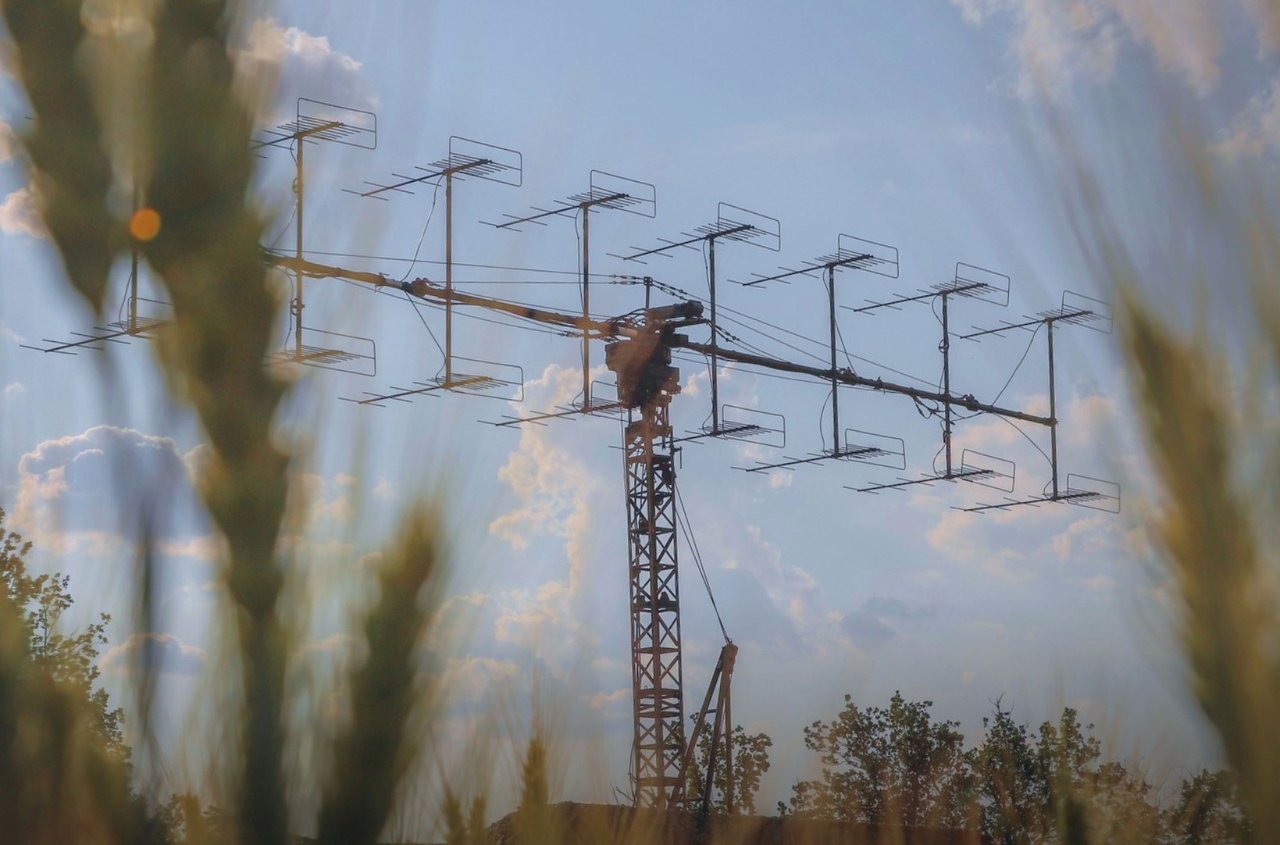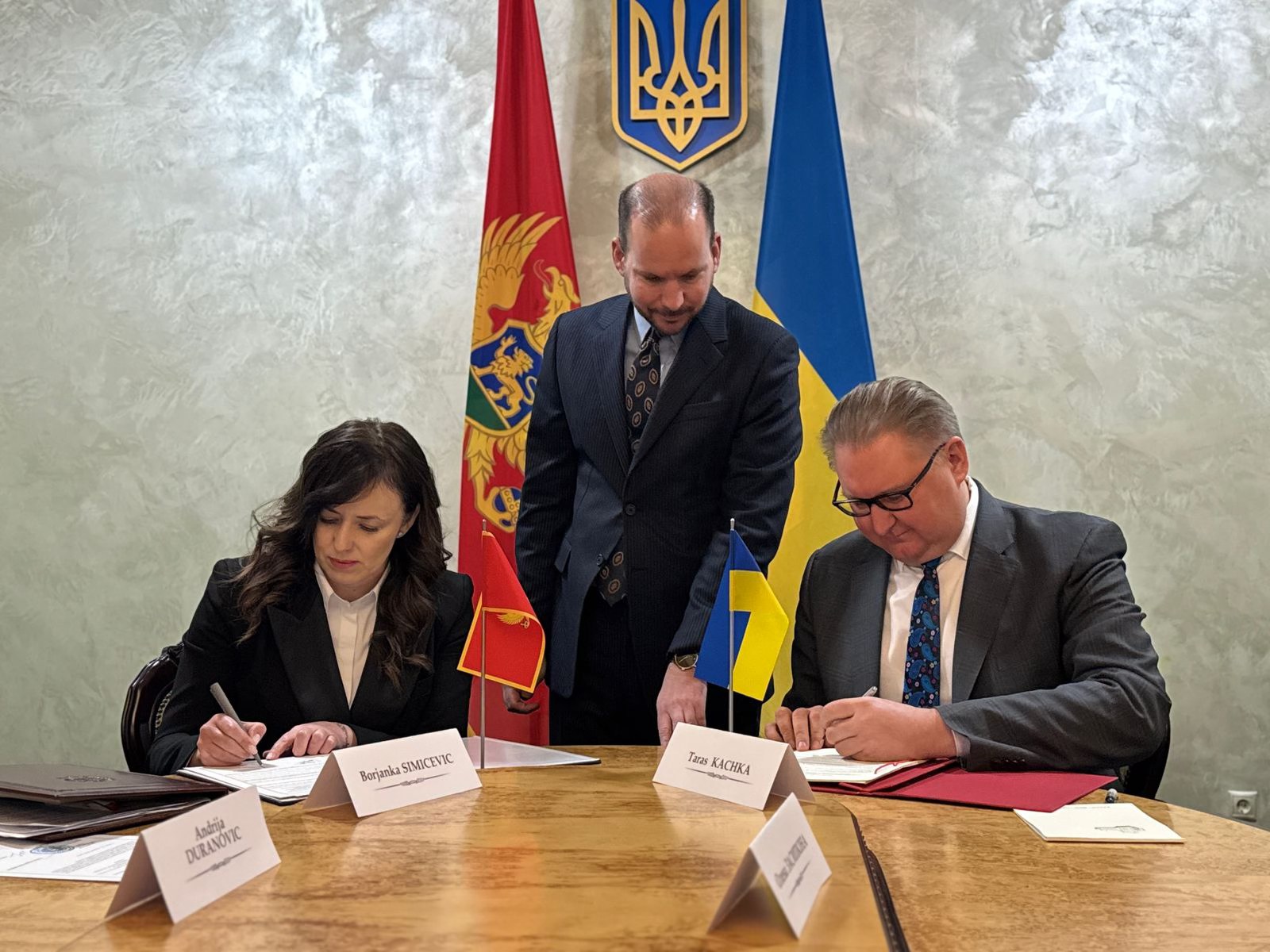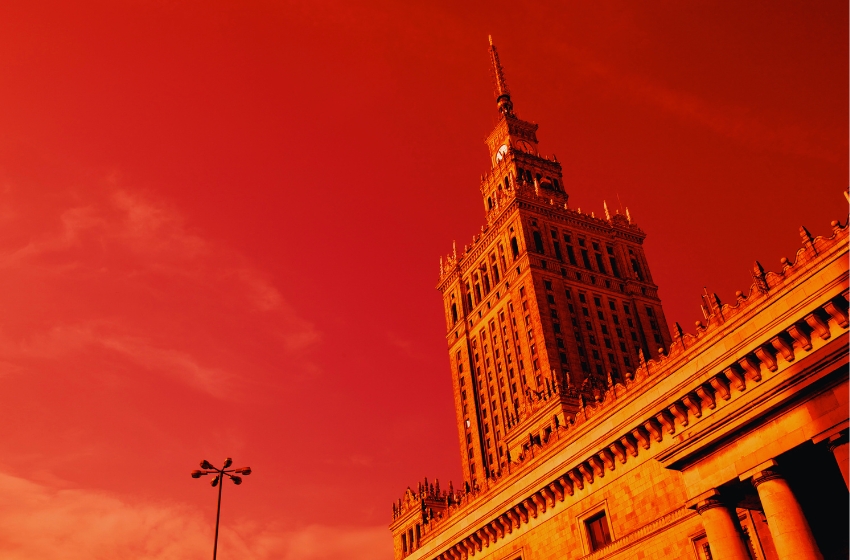Ernestina Paper was not born in Florence, but her life is strongly linked to the Italian city where she graduated in medicine and practiced the profession.
Ernestina Puritz-Manassé (Ernestina Paper) was born in Odessa in 1846 in a wealthy family of the Jewish merchant of Russian origin Michele Puritz-Manassé.
I was born in Odessa and since the Russian students did not have access to the university, to study medicine I first went to Zurich and then to the medical faculty in Florence, where I am about to become the first woman to graduate after unity of Italy.
Ernestina lived in Italy from 1872 to her death, excluding the period 1897-1905 when she returned to Odessa.
The opening of universities to women took place at the Zurich Polytechnic in 1867. Before then only a few women considered special, such as Elena Cornaro Piscopia, Laura Bassi and Anna Morandi Manzolini, were awarded a degree, in an exceptional way, at the Universities of Padua and Bologna.
Higher education was still considered useless, indeed harmful, to fulfill the family role for which women were destined. For this reason there was the migration of many "imperial subjects" to Switzerland. After attending the first two years of university in Zurich, in 1872 Ernestina moved to Pisa and then to Florence where she completed the last two years of clinical practice at the royal "Institute of Higher Studies".

In those years, the motivation that led women to graduate in medicine was to be found in their natural predisposition towards the suffering of the sick, however the choice fell more in some areas of medicine, such as pediatrics and gynecology. In fact, only gynecology and pediatrics were the specialisations that the medical society admitted for the first "female doctor".
Ernestina had managed to enter the University, thanks to the high school diploma obtained in Switzerland, while in Italy, since there were no female high schools, it was impossible for girls to access the University. She became the first graduate, who could regularly attend university courses in Italy. She also obtained a degree in medicine and surgery at the University of Florence after the birth of the unitary state in 1877.
Twenty-six years after her, in 1900, 250 women were enrolled in universities in Italy, 287 in secondary schools, 267 in secondary schools, 1178 in gymnasiums and almost 10,000 in professional and commercial schools. Fourteen years later, in 1914, there will be about 100,000 students enrolled in secondary education institutions (including technical institutes).
When she married the lawyer Giacomo Paper (who apparently died in Petersburg in 1881), she took his surname and signed herself as Ernestina Puritz-Manassé Paper.
The young doctor worked with all her strength and knowledge to create a high school for girls in Florence. Firmly intent on establishing herself, after graduation, she published on a page of the newspaper "The Nation" a paid advertisement, in which she informed the Florentines of the opening of a doctor's office where "the diseases of women and children are treated". The activity that the young Ernestina carried out with commitment and passion in this clinic of hers played a decisive role in the growth of female medicine.
In 1881, on the occasion of the census, Puritz nevertheless declared herself a 'non-practicing doctor': these were not years in which a female doctor, at the end of the time, could secure a regular clientele. In those years, on the first floor of Via Venezia 6, Ernestina resided with her mother, daughter, some cousins. Ernestina together with her cousin's wife, Mary Nathan Puritz, was very active in particular in the Tuscan Women's Federation where she was president of the Hygiene Section.

Among the many things Ernestina did and implemented, in particular, two cases of amenorrhea cured by Dr. Puritz with the use of electricity in 1884 are reported in detail.
Later, in 1886, she obtained a public office: the Telegraph Directorate of the city entrusted her with the task of looking after the health of female employees while privately she continued to engage in free medical assistance to the most needy women in the Santa Croce district.
In 1894 he participated as a member of an international medical congress. She was very involved in medical and scientific dissemination, always in contact with various university professors and her interests were not only in this field but also in the social field.
One of her most interesting activities was the medical dissemination of hygiene and science which led her, in 1911, to run a school for nannies also open to "women and young ladies", which had a good success for several years.
Ernestina also took care of children in her "private studio" and of women employed in the telegraph profession, that allowed many girls to enter the world of work in the last twenty years of the 19th century as it was considered a profession which (being relatively "new") did not disturb an old male heritage and in which, above all, female labor cost much less.
She always fought to make it easier for women to access all those professional careers usually reserved for men. And so the periodical La donna in 1879, describing to its readers the figure of this doctor who became an icon of Florentine medicine, wrote:
She is the angel of the family, wife, most loving mother and finds time for all her duties, professing her medicine as a true priesthood and never neglecting the study.
"La donna", 1879
During the First World War she was opposed to the compulsory female civil service, declaring that "for the good of the family" the woman should remain close "as much as possible to the home", but then adding that it would be impossible to convince "4 or 5 millions of women in this service, since only with the strictest laws can men do military service."
Puritz practiced the profession privately and often for free. Among her young patients there were also Aldo (1895-1916), Carlo (1899-1937) and Nello (1900-1937) Rosselli, who later became famous anti-fascists opponents.
Ernestina Paper lived in Florence until her death at the age of 80 in 1926.





















